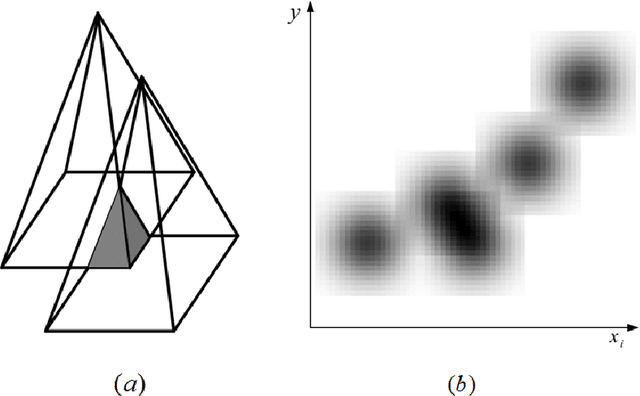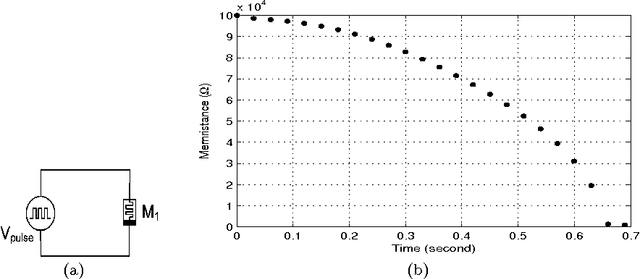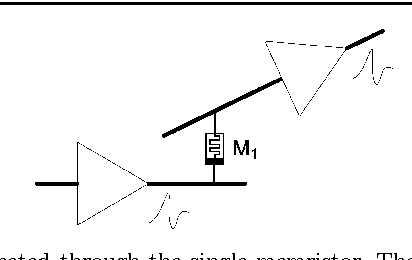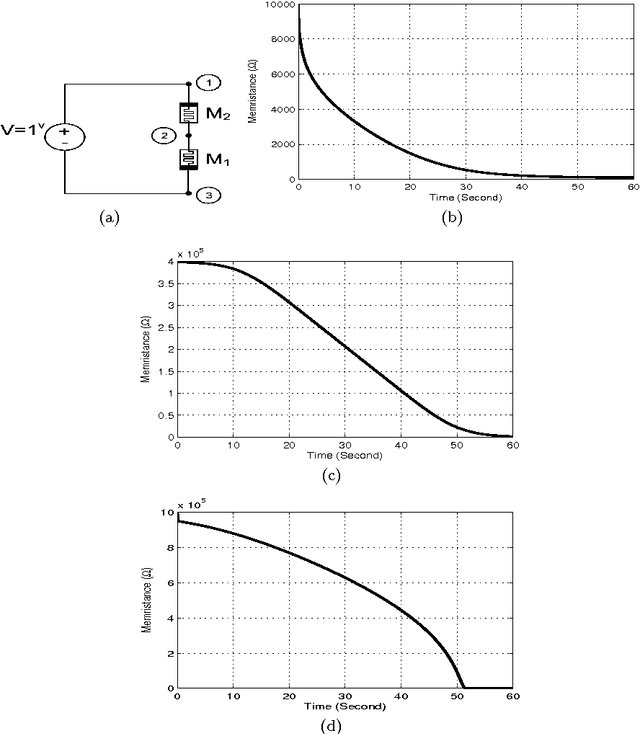Iman Esmaili Paeen Afrakoti
Using memristor crossbar structure to implement a novel adaptive real time fuzzy modeling algorithm
Sep 12, 2013



Abstract:Although fuzzy techniques promise fast meanwhile accurate modeling and control abilities for complicated systems, different difficulties have been re-vealed in real situation implementations. Usually there is no escape of it-erative optimization based on crisp domain algorithms. Recently memristor structures appeared promising to implement neural network structures and fuzzy algorithms. In this paper a novel adaptive real-time fuzzy modeling algorithm is proposed which uses active learning method concept to mimic recent understandings of right brain processing techniques. The developed method is based on processing fuzzy numbers to provide the ability of being sensitive to each training data point to expand the knowledge tree leading to plasticity while used defuzzification technique guaranties enough stability. An outstanding characteristic of the proposed algorithm is its consistency to memristor crossbar hardware processing concepts. An analog implemen-tation of the proposed algorithm on memristor crossbars structure is also introduced in this paper. The effectiveness of the proposed algorithm in modeling and pattern recognition tasks is verified by means of computer simulations
Bottleneck of using single memristor as a synapse and its solution
Nov 23, 2012



Abstract:It is now widely accepted that memristive devices are perfect candidates for the emulation of biological synapses in neuromorphic systems. This is mainly because of the fact that like the strength of synapse, memristance of the memristive device can be tuned actively (e.g., by the application of volt- age or current). In addition, it is also possible to fabricate very high density of memristive devices (comparable to the number of synapses in real biological system) through the nano-crossbar structures. However, in this paper we will show that there are some problems associated with memristive synapses (memristive devices which are playing the role of biological synapses). For example, we show that the variation rate of the memristance of memristive device depends completely on the current memristance of the device and therefore it can change significantly with time during the learning phase. This phenomenon can degrade the performance of learning methods like Spike Timing-Dependent Plasticity (STDP) and cause the corresponding neuromorphic systems to become unstable. Finally, at the end of this paper, we illustrate that using two serially connected memristive devices with different polarities as a synapse can somewhat fix the aforementioned problem.
 Add to Chrome
Add to Chrome Add to Firefox
Add to Firefox Add to Edge
Add to Edge